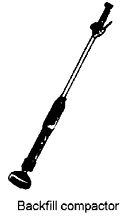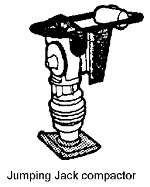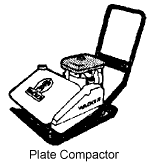BEFORE
USING COMPACTORS


SAFETY DURING OPERATION

Publication #: 8831-F
This document is apart of a series from the the College of Agriculture, the University of Arizona, Tucson, AZ 85719. Publication date: May 1989.
Lance Fluegel, Safety Coordinator, and Bradley Rein, Engineering Specialist, the College of Agriculture, University of Arizona, Tucson AZ 85719.
Disclaimer and Reproduction Information: Information in NASD does not represent NIOSH policy. Information included in NASD appears by permission of the author and/or copyright holder. More